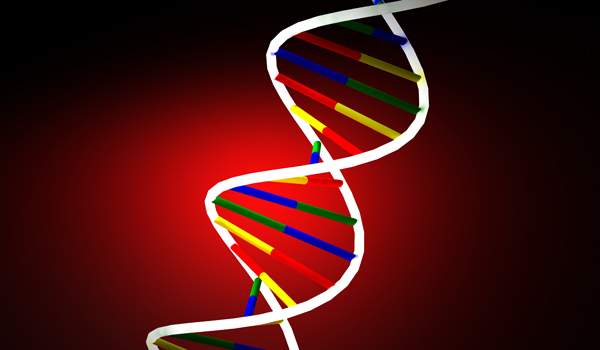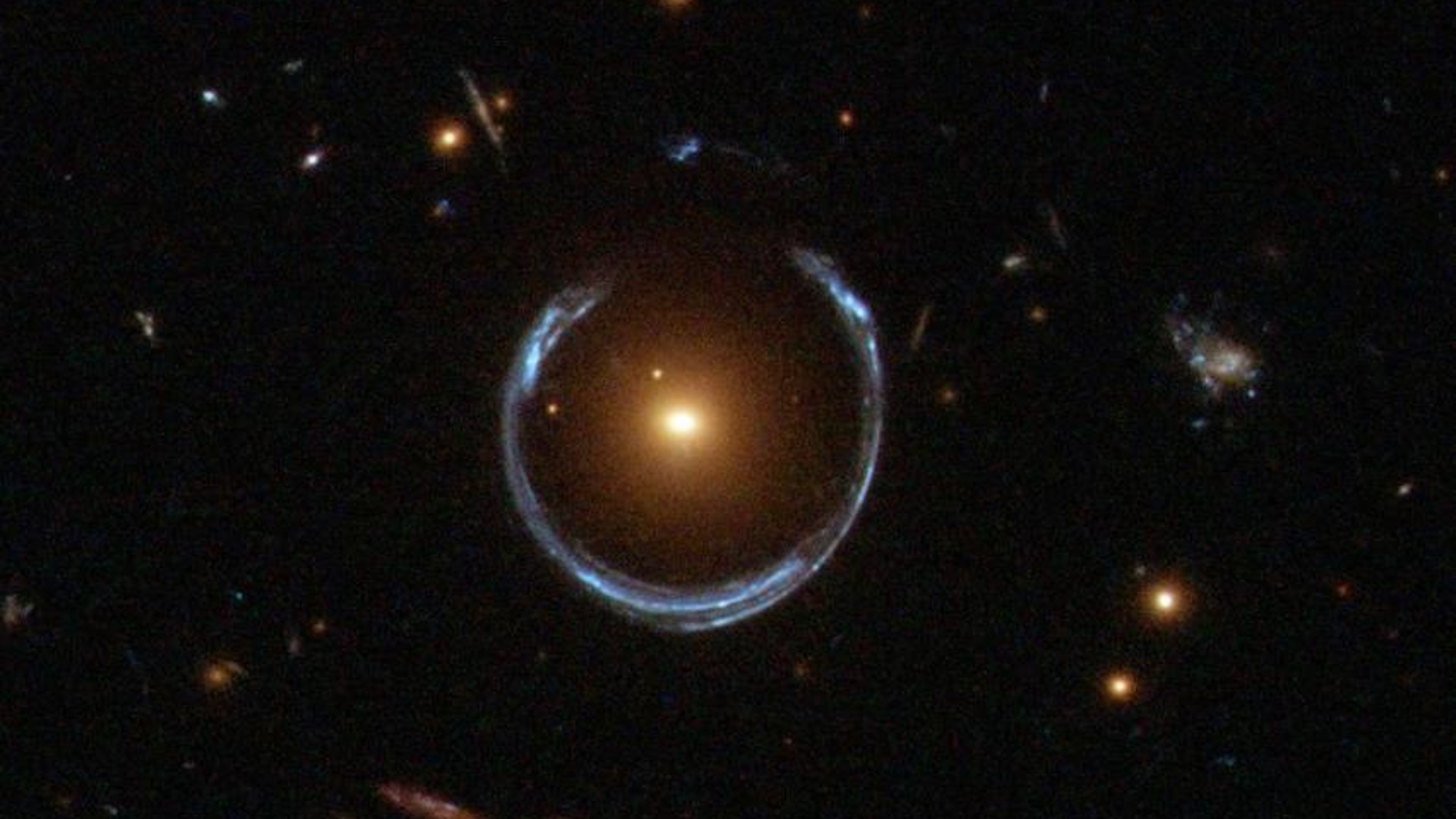80 New Genetic Markers for Cancer Found

More than 80 new genetic markers linked with an increased risk ofbreast, prostate and ovarian cancer have been identified, according to the results of a dozen new studies published today (March 27).
Together, the studies involved more than 250,000 people around the world.
In five of the studies, to be published in the journal Nature Genetics, researchers analyzed genetic information from 100,000 patients with breast, ovarian or prostate cancer and 100,000 healthy people in the general population. The researchers looked for spots in the genetic code (aka markers) where the two groups differed.
They found 49 genetic markers that increased the risk of breast cancer, 26 that increased the risk of prostate cancer and eight that increased the risk of ovarian cancer.
Some of these markers were shared among the three cancers, which is not unexpected given that these cancers are all hormone-related, John Witte, of the University of California, San Francisco, and colleagues, wrote in a commentary accompanying the studies.
The new markers are fairly common in the population, and each individual marker confers only a small increased risk of cancer. But together, they can give researchers a better idea of an individual's risk for these cancers.
"Everything combined together can be really a very powerful predictor of risk," said Fergus Couch, a professor at the Mayo Clinic in Rochester, Minn., and a researcherinvolved with the studies.
Get the world’s most fascinating discoveries delivered straight to your inbox.
For instance, researchers already knew that women with mutations in the BRCA1 gene have about a 65 percent risk of getting breast cancer in their lifetime, compared with a 12 percent risk for women in the general population. But with the new findings, researchers can now identify women whose risk is as high as 90 percent, or as low as 30 percent, Couch said.
And using just 41 of the newly identified genetic risk factors for breast cancer (which don't include the BRCA1 or BRCA2 mutations), the researchers can place women into more categories of cancer risk, Couch said. Women with the highest risk based on these markers will have about a 3.5-fold increased risk of breast cancer compared with the general population, Couch said.
However, the researchers suspect that there are even more genetic markers to identify — as many as 1,000 for breast cancer and 2,000 for prostate cancer.
Currently, there's no cancer screening test available that incorporates these new markers. Before a test can be made, the results will need to be verified in future studies, and researchers need to create new models that predict people's individual cancer risk, Couch said.
"We definitely believe that the results of these studies will be used in clinical practice," said study researcher Dr. Per Hall, a professor at the Karolinska Institute in Sweden. However, genetic risk factors will likely have to be combined with information about other risk factors, such as breast density, in order to better estimate a person's cancer risk, Hall said.
Researchers also hope to learn more about how these markers increase the risk for cancer. Some of the markers were found in genes that control a cell's ability to kill itself (a problem with this process could be expected to lead to uncontrolled cell growth).
The new studies are part of the Collaborative Oncological Gene-environment Study (COGS), a collaboration of more than 130 institutions around the world.
Pass it on: More than 80 new genetic markers forbreast, prostate and ovarian cancer have been identified.
Editor's note: This article was updated on March 28 to include quotes from Dr. Hall.
Follow Rachael Rettner @RachaelRettner. Follow MyHealthNewsDaily @MyHealth_MHND, Facebook & Google+.

Rachael is a Live Science contributor, and was a former channel editor and senior writer for Live Science between 2010 and 2022. She has a master's degree in journalism from New York University's Science, Health and Environmental Reporting Program. She also holds a B.S. in molecular biology and an M.S. in biology from the University of California, San Diego. Her work has appeared in Scienceline, The Washington Post and Scientific American.
